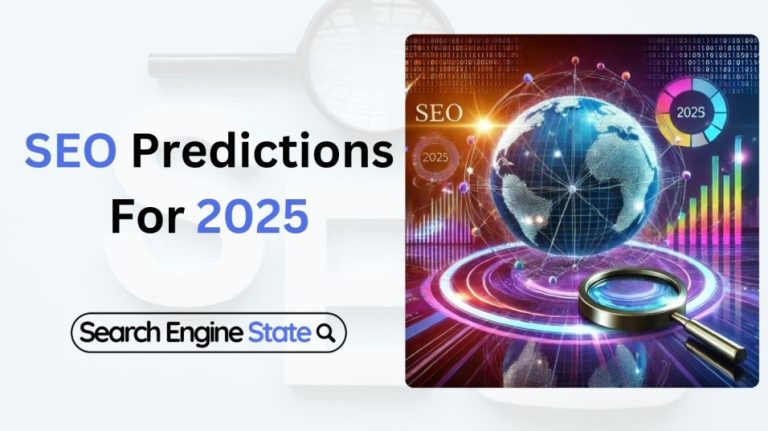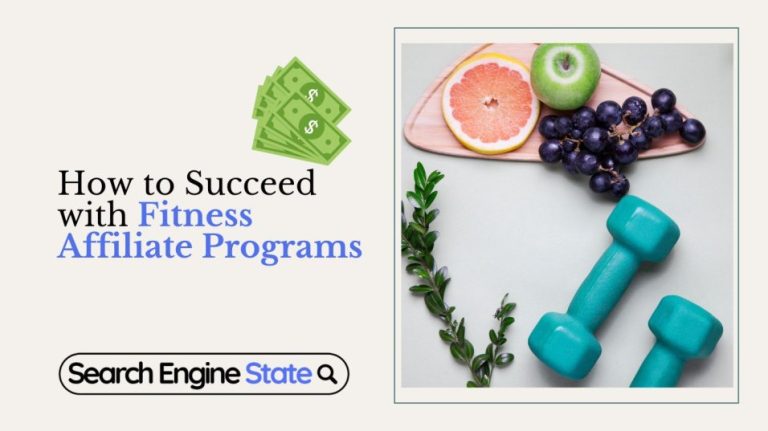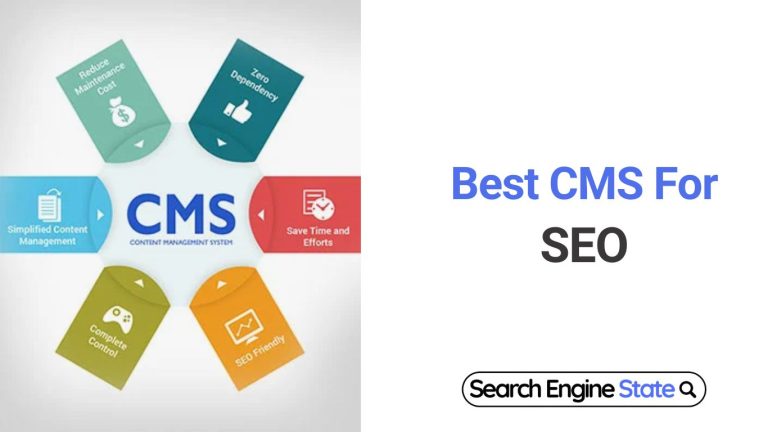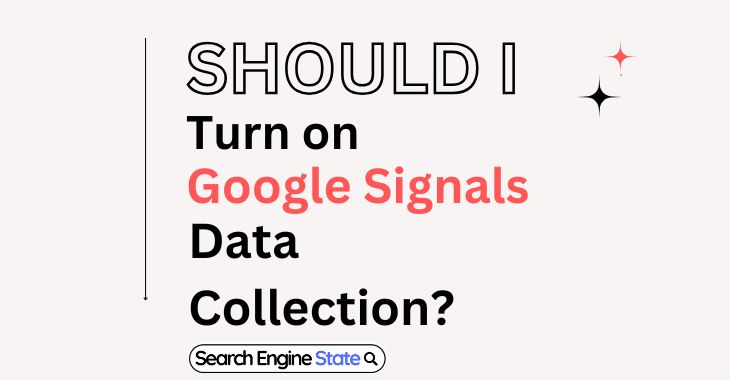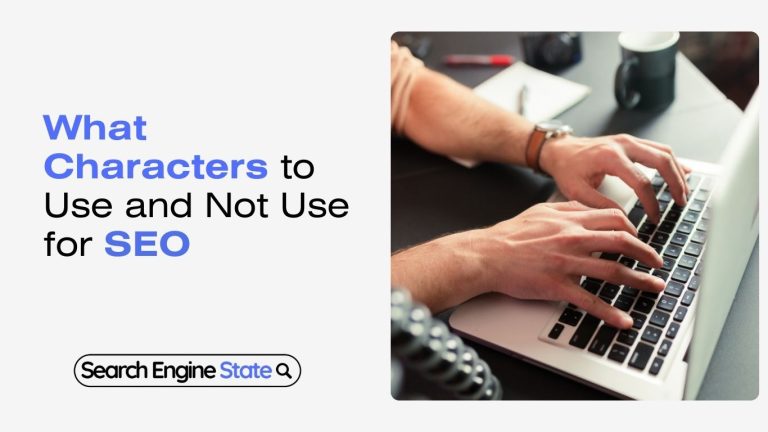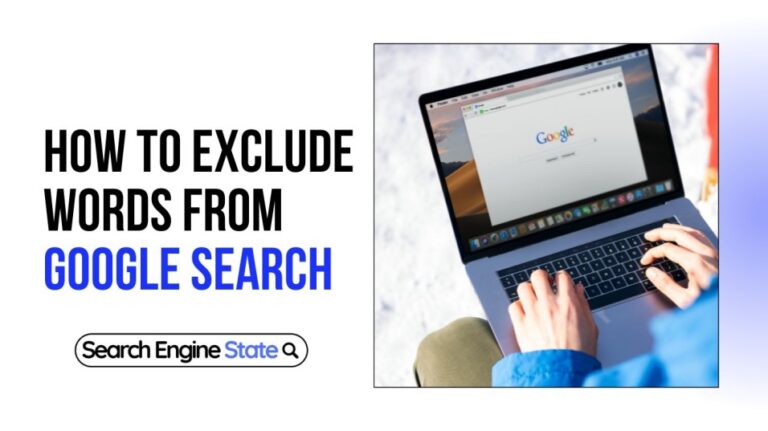What to Include on the Main Service Page for SEO | Key Tips
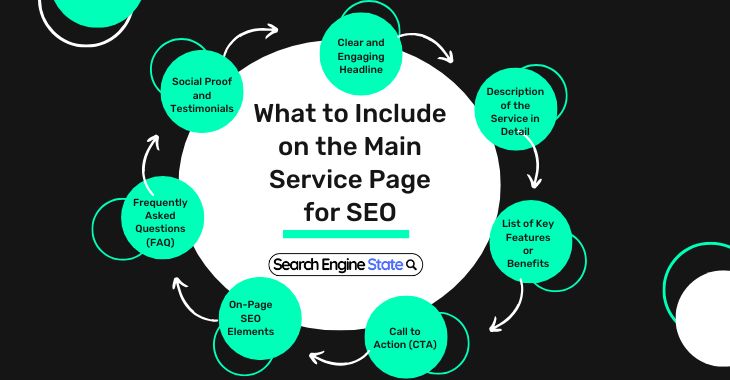
A well-optimised main service page should be an important part of any website. This is the place where people can find out about what you are selling and where search engines decide if you’re a credible source of information. To maximize SEO performance, the main service page should be well-optimized, informative, and user-friendly. Below is a comprehensive guide on what to include on your main service page for SEO.
1. Clear and Engaging Headline
The headline for your service page should be catchy and to the point to reflect the content of the page. Your target keyword must be in this headline because this is what users and search engines will see first of all.
- Example: “Expert Digital Marketing Services to Boost Your Online Presence”
Why it matters:
Headings are important to search engines in an effort to see what the page is about, particularly the H1 tag. The headline increases CTR and optimization when it includes the right keyword and is relevant to the content of the article.
2. Introduction with Value Proposition
The next brief paragraph should answer the questions: What are you offering? What needs do you meet? What’s in it for your audience? This section should also contain the main target keyword that is, the word or phrase you are targeting your traffic and sales toward. I want it to be interesting and to fit in a few lines, while trying to express what is the tangible benefit that will be provided.
- Example:
“Our services are unique, data-oriented digital marketing services based on your business requirements. We are here to help no matter if you want more people to visit your website, to get the people to know your brand, or generate leads.”
Why it matters:
The main offer of the page should be considered as a core reason why the given user should remain online. It helps in setting up relevance and is ideal to include the target keywords in the metadata section’s description.
3. Description of the Service in Detail
This section should give full descriptions of the services you are providing. On the secondary stage, therefore, there should be an emphasis on describing service, its advantages, and relevancy to the audiences’ issues. This is where you would incorporate the secondary keywords related terms.
- Example:
“At [Your Company], we offer a range of digital marketing services, including SEO, PPC advertising, content marketing, and social media management. Our team develops tailored strategies based on your business goals, ensuring measurable results with each campaign.”
Why it matters:
It also optimizes the main topic of your page and brings a greater probability of a keyword covering several types of search. Search engines value comprehensive, high-quality content.
4. List of Key Features or Benefits
Some of the most comprehensive benefits offered by your services can be presented as a bullet-pointed list in order to make the page’s content more easily readable. This can increase the level of users’ interactions and their average time on the page, which are important for SEO.
Example:
Advantages of Our Online Marketing Services
- Increase organic website traffic
- Boost brand visibility and recognition
- Generate high-quality leads
- Improve online conversion rates
- Tailored marketing strategies based on data insights
Why it matters:
Lists are good information for users, which can improve user experience. Furthermore, the information is organized in a specific way, which is preferred by search engines if this approach will enable users to quickly get relevant data.
5. Call to Action (CTA)
A call to action statement must be present and be powerful on your main service page. It leads your customers to the next step, whether it’s contacting you, requesting a quote, or scheduling a consultation.
- Example:
“Ready to grow your business? To talk with an expert you can call us now on 0800 SOMEONE or visit [Your website]. Contact us for a free consultation and see how we can help.
Why it matters:
A strong CTA increases conversions and guides users through the funnel, which helps achieve your business goals. From an SEO point of view, a page which has well defined CTAs can always help in cutting down the bounce rates because the users are engaged.
6. Social Proof and Testimonials
Always use social proof such as customer feedback, or success stories to show the utility of the service being offered. These details make the information more trustworthy, which is good for both SEO purposes and for the transformation of leads into customers.
- Example:
“See what our clients are saying!” - “Working with [Your Company] has been a game changer for our business. We saw a 40% increase in traffic and 30% more leads in just three months!” – Jane D., Client
Why it matters:
Google considers user engagement and trust signals when ranking pages. Endorsements and word by word backing also build your authority and can also aid in the boosting of your page ranking by promoting interactions.
7. Frequently Asked Questions (FAQ)
An FAQ section can help you answer questions which people might have about your services and bring in less bounce traffic. Use short and long tailed keywords in the FAQs section because this way you tap into several options concerning related searches.
- Example Questions:
- Which digital marketing services do you provide?
- How effective is SEO and how long does it take to see results?
- How much does digital marketing cost?
Why it matters:
They are useful for users and allow for customizing the answers to rank for more targeted, precise terms often referred to as keywords. They also make visitors stay on your page longer, and this is always a good sign for search engines to rank you highly.
8. Contact Information and Easy Navigation
Make sure your contact details are well availed either through a form or through telephone, phone number or even through an email address. Add links within the website that leads to other important sections of the site such as home page, blog or other service offerings.
- Example:
“Have questions? Feel free to contact us at [contact details], or fill out our contact form and we’ll get back to you as soon as possible.”.”
Why it matters:
It increases user experience and is beneficial when the user needs to repeat the process of providing his/her contact information. Clear navigation and internal linking help search engines crawl your site more effectively.
9. On-Page SEO Elements
Meta tags are vital as they help the search engines to best understand what your page contains. Include:
- Title Tag: Make sure that the title tag consists of your major keyword, and that the overall length is no more than 60 characters.
- Meta Description: Your meta description should be under 160 characters and should include your targeted keyword, while at the same time giving the reader a reason to click through to the post.
- URL Structure: Choose a fresh and W3C compliant URL and it is also better to use some keyword like yourwebsite.com/digital-marketing-services.
- Image Alt Text: Always use keywords within the alt attributes for all pictures.
Why it matters:
Optimization components such as title tags, meta descriptions, and URLs assist the search engines into understanding and displaying a page. Using ALT tags when optimizing images clears a number of barriers and also helps in image search too.
10. Internal Linking to Related Content
This is not relevant in most cases but is useful if you have other related content on your website such as other blog posts or further services. It makes it easier for the user to find more content and also spend more time on your site – all of which are activities that can improve SEO outcomes.
- Example:
“Read more about how your business can benefit from our SEO services by going to the SEO strategy section on our website.”
Why it matters:
Internal linking allows search engines to get a better understanding of your site and increase your relevance for the given keyword. It is also useful for the users to find their way around the website.
11. Mobile Optimization
Make sure that the page with service information is friendly for mobile users. Today, most Internet traffic comes from mobile devices which is why Google prefers sites that are optimized for mobile devices.
Why it matters:
Google adopted mobile-first indexing which basically will look at a page’s mobile version first when ranking pages. A mobile-friendly page improves user experience, reduces bounce rates, and can boost SEO.
12. Page Speed Optimization
A page that loads quickly is beneficial to the user and also favorable for the site’s rankings. The page speed is a ranking factor concerning Google, therefore the service page must be optimised concerning the speed.
- Example Actions:
- Compress images
- Minimize HTTP requests
- Use browser caching
- Use of a Content Delivery Network (CDN)
Why it matters:
Slow pages present high bounce rates and low ranking. A page that loads fast is appreciated by users and increases their loyalty and even can increase the site’s rank in the SERP.
13. Images, Videos, and Infographics
Enhancing your content with images and videos alongside the infographics can lead more visitors’ attention to the provided services and enrich the reader with more information. Add pictures that correspond to the content; service results, less appealing before and better after, an animation video or an infographic of the information described.
- Example:
‘Check out the video that is showing how our services in digital marketing aided business growth of 300% ‘
Why it matters:
Visual data is very effective and can enhance the consumption experience. Also, videos can lead to higher time on page and encourage more interaction with the content. Presenting visual elements on a site also helps them rank on a search engine like using clear alt tags.
14. Pricing Information: Optional
If your service is based on the subscription model, or you offer some other sort of paid service, it may be especially helpful to state clear prices or at least the approximate prices. Some services may not list exact prices but can provide estimates or starting prices.
- Example:
According to the choice of services: ‘’SEO services start from $500 per month for small business clients.”
Why it matters:
Some experts believe that transparency in pricing works as its main benefit as it forms customers’ expectations. This means that if users are aware of the prices beforehand they are likely to do business with the firm. Google also appreciates clear, relevant information on a page.
15. Trust Seals, Certifications, and Accreditations
Such items as trust seals or certifications (partner or industry awards, or professional membership, for instance) can also enhance the credibility of a business to the potential customers. These elements act as trust signals, which are vital for conversion rates and SEO.
- Example:
“It can be as simple as “Certified Google Partner” or “BBB Accredited Business.”
Why it matters:
Trust seals and certifications also make users believe that they are doing business with a serious and professional company. Some trust signals are used in the SEO ranking factors and can help decrease the bounce rate.
16. Service Area Information (for Local SEO)
If your business provides location-specific services, adding location-based content such as service areas or cities you serve is essential. You can include a dedicated section or list of locations where you provide services.
- Example:
‘We proudly serve clients across Cleveland, Bedford, and surrounding areas.”
Why it matters:
Local keywords are integral to SEO due to the nature of the modern search results. Indeed, by using service areas and focusing on local search, you enhance the position of your site in local search snippets and gain more local consumers.
17. User-Generated Content (UGC)
If possible, use material created by other users, for example, reviews, comments or discussions related to your service. It can produce a sense of social network that is very fruitful and can also enhance trust.
- Example:
“See what our clients are saying about their experience with our services in the comments below!”
Why it matters:
Customer reviews make customers endorse the products and improve their interest level. Google also values pages with authentic content from users, and UGC can boost your SEO by creating fresh, relevant content.
18. A Progress Indicator, for Complex Services
If your service is delivered as a set of stages, for example, SEO campaigns or web development, offering the progress bar or the timeline is useful to control expectations of the customer.
- Example:
“Step 1: ” Initial Consultation,” Step 2: Strategy Development,” Step 3: Implementation
Why it matters:
It just makes the service seem less mysterious and less intimidating. It also enables users to learn how your service will advance thus improving the conversion rates.
19. Comparisons with Competitors
You can also add a comparison matrix which is in most cases a contrast between your service provider and the industry. Critically ensure that it is factual and not argumentative compared to that you are positive and highlighting your service difference.
- Example:
“Why Choose Us Over Competitors?” - We offer 24/7 customer support
- We tailor strategies for each client
- No hidden fees
Why it matters:
Providing a comparison can help users make a decision by clearly showing the advantages of your service over others. This can improve trust and increase the chances of conversion.
20. Link to Related Blog Posts or Resources
It is always helpful to be able to offer blog posts, case studies or another download relevant to your service: it shows readers you know what their needs might be. It also helps the user to click and see more sections on the presented website.
- Example:
For instance, read more on how our SEO services assisted this business in our current case study.
Why it matters:
Providing additional resources improves user engagement, which is an important SEO signal. It also enables you to target a large number of keywords and does not let the user leave your site easily.
21. Content Updates and Freshness
SEO isn’t a one-time task. It is equally important to update the content on service pages frequently as often as possible in a bid to maintain the rankings. Google prefers fresh content and, therefore, constant updates of your site could either retain or improve rankings.
- Example:
“Updated December 2025: New features we are initiating in SEO.”
Why it matters:
Fresh content tells the search engines that your page is current and they can help to make it popular again. The updates also make the users informed and active, making sure the page has value that is updated now and then.
Conclusion
In order to create a good main service page for search engines, one should concentrate on the basic concept of user intent and quality content as well as on the Quality SEO process. By providing useful information, clear call to actions, proper metadata, and internal links to your service page will assist in ranking your page in search engines and guide your visitors into becoming your customers. Make your audience your priority and share content that they will find useful and easy to read in order to achieve the best SEO.

